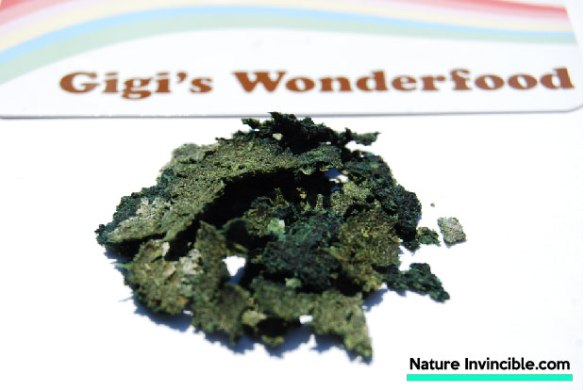The leaves of the Terminalia catappa tree are respected throughout the world for their enzymatic complexity and overall benefit to aquariums. Also known as Indian Almond trees, these large trees can be found throughout Asia, Africa and Australia.
Catappa leaves contain humic acids and tannins, which are naturally anti-parasitic, anti-microbial and anti-fungal. These properties help adult fish and shrimp recover from illnesses or injuries. [1] In breeding tanks, adding catappa leaves lessens the likelihood of egg fungus. [2]
Catappa leaves can help lower your aquariums pH without the addition of any harsh or unnatural chemicals. If you keep Amazonian fish, adding catappa leaves to the water will help recreate your fish’s natural habitat. For those breeding Betta fish, adding catappa leaves often induces spawning.
As the catappa leaves begin to disintegrate, they will begin to form biofilm on the surface of the leaf. Biofilm is naturally occurring beneficial bacteria and microorganisms that are live food for fish fry, plecostomus and shrimp. [3]
We carry pesticide free catappa leaves sustainably sourced from Malaysia at our store here.
Uses
Anti-microbial / Anti-fungal Agent
Reducing pH
Replicating Blackwater Conditions
Spawning betta fish
Production of Live Food – Infusoria
How to Use Catappa Leaves
Rinse leaves thoroughly before use. Leaves can be added directly to the aquarium, crushed and put inside a filter bag (for HOB filters) or crushed and put inside the bottom tray (for canister filters). Leaves can also be steeped in hot water in a separate container to create “tea”. We do not recommend this method as it strips leaves of many beneficial properties. Leaves can remain inside of the aquarium until they fully disintegrate, usually 3 weeks to 1 month.
Dosage
Community tanks: Add 2 or 3 large leaves or 4 to 6 small leaves per 25 gallons.
Spawning betta fish: Add 2 or 3 small leaves or ½ a large leaf. If using ½ a large leaf, it is recommended to cut the leaf again so one piece is floating at the water surface and one sinks for the female to take cover under. Leaves can also crumbled onto the surface of the water to help the male to form his bubble nest. Resulting eggs and fry will be protected by the anti-fungal and anti-microbial properties of the catappa leaf.
References
[1] Raffles Museum of Biodiversity Research, http://rmbr.nus.edu.sg/dna/organisms/details/30
[2] C. Chitmanat, K. Tongdonmuan, P. Khanom, P. Pachontis, and W. Nunsong (2005). “Antiparasitic, antibacterial, and antifungal activities derived from a Terminalia catappa solution against some Tilapia (Oreochromis niloticus) pathogens“. Acta Horticulturae 678. pp. 179–182.
[3] Hellweg, Michael. (2008) Culturing Live Foods: A Step-by-Step Guide for Culturing One’s Own Food for the Home Aquarium. TFH Publications.



